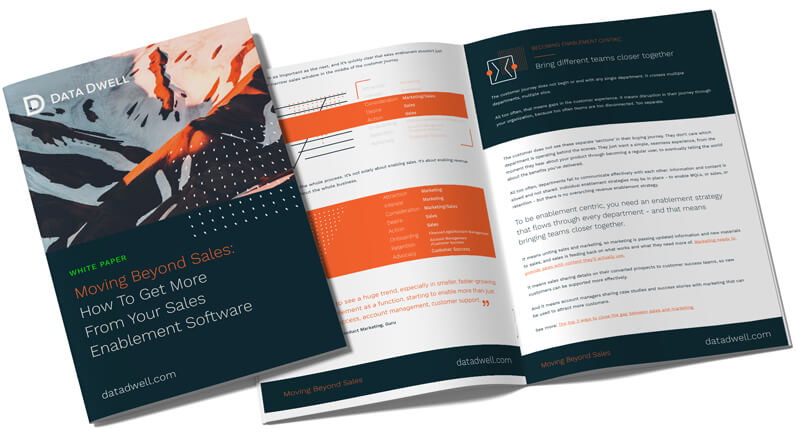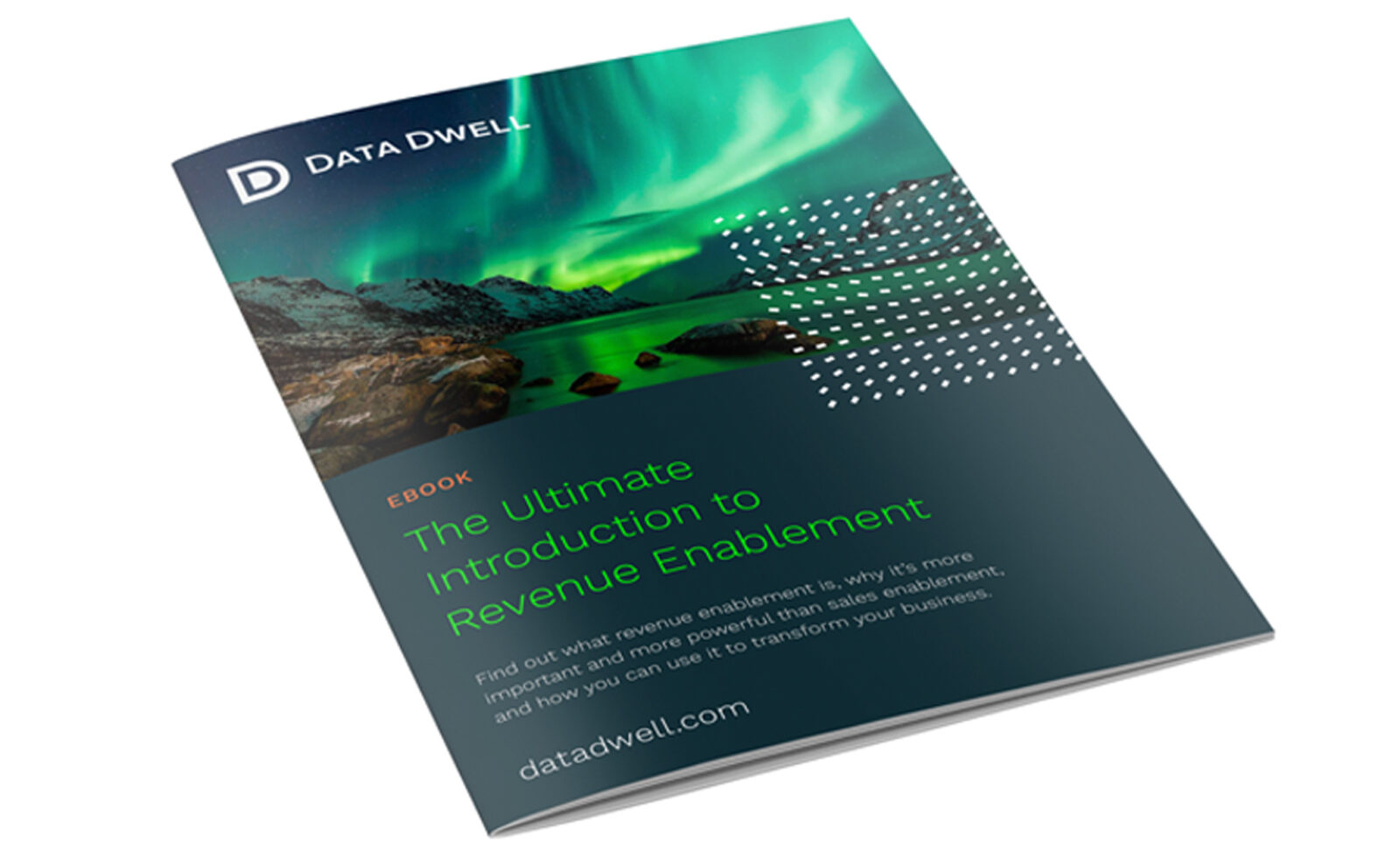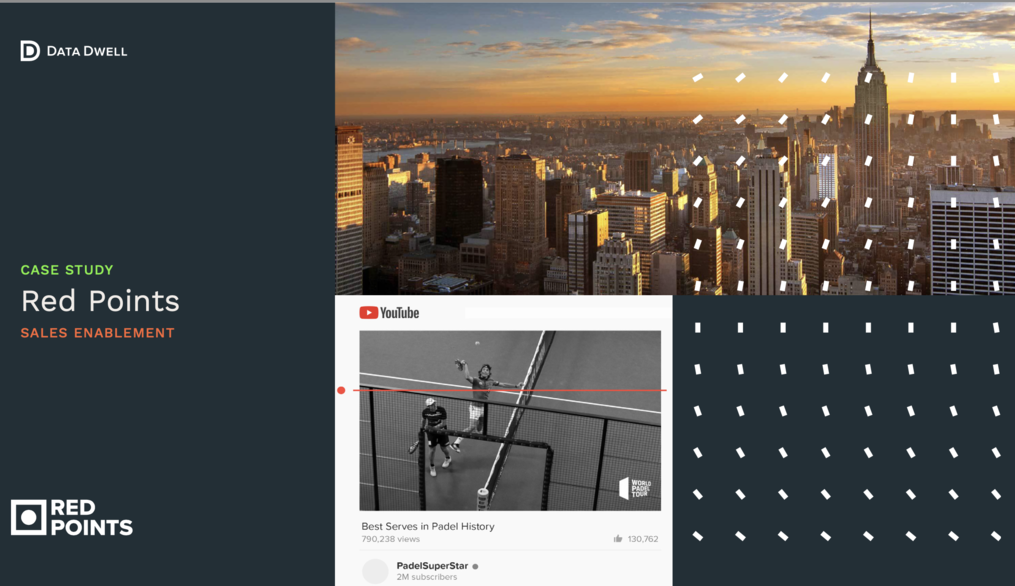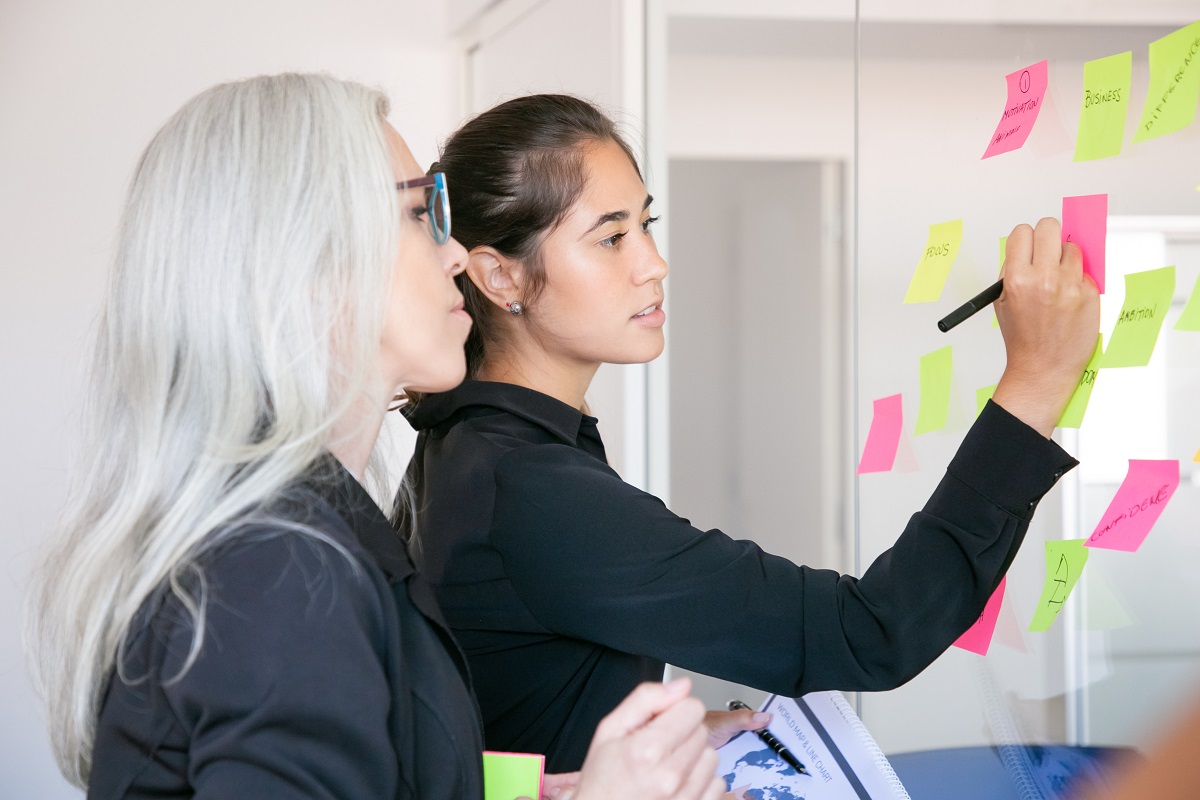
Personalization in your customer journey is no longer a ‘nice to have’. It’s essential. Every prospect, every buyer, every customer expects their interactions with your business to be personalized.
They want their experience with you to be tailored to their needs. They want instant access to the information they’re looking for – not something generic that anyone could stumble across.
Sales enablement software can help you personalize your customer journey. And when only 27% of companies are fully satisfied with their current delivery of personalized customer experiences, help is clearly needed.
Why should you personalize your customer journey?
Besides the fact that your customers expect it? Or that your competitors are doing all they can to personalize their journeys too?
Personalization works. 96% of marketers say it helps to advance customer relationships in a study by Evergage.
A personalized customer journey delivers benefit across your business including:
- Higher engagement rates
- Higher conversion rates
- Revenue uplifts
- Increased customer retention
- Improved customer loyalty
- A better overall customer experience (CX)
If you’ve deployed sales enablement software like Data Dwell, you can use it to help personalize your customer journey. Here’s how:
1. Break down your customer journey
Before you begin any kind of personalization, you need to be clear on your entire customer journey. Everyone in your organization needs to be on the same page about how customers interact with your business.
That means breaking down and mapping out the journey from start to finish – from the moment a lead drops onto marketing’s radar, through the sales funnel and on to customer success (and beyond).
This is an important process. Only 36% of companies currently have a process in place for mapping customer journeys, according to research by the Aberdeen Group.
Think about:
- Who your ideal customers are (your buyer personas)
- What the funnel looks like for each department (it’s likely to differ)
- Where all the different touchpoints a potential customer might engage with your business are
Then detail the different stages of the customer journey, from awareness and interest to retention and advocacy.
The illustration below, taken from our white paper “Moving Beyond Sales: How To Get More From Your Sales Enablement Software” will help you visualize how departments align with the entire customer journey.
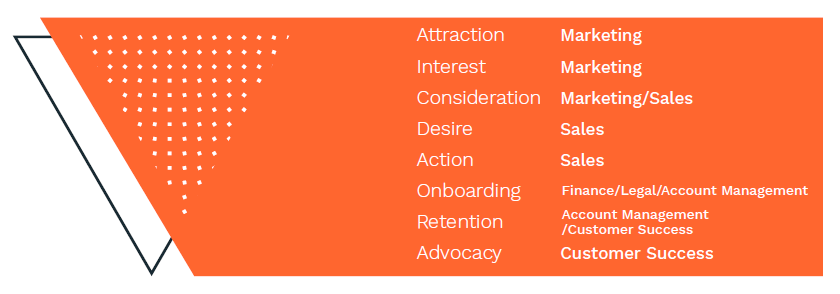
And when you can clearly see all the different stages of the customer journey, you’ll have a blueprint of all the different areas where your sales enablement software should be deployed.
2. Enlist the support of marketing
Marketing departments usually have good expertise in personalization. They have the best top of funnel experience, matching search intent with tailored information and creating content that users want to see.
But the challenge lies in the disconnect between sales and marketing. Historically, the two departments don’t work well together.
Hubspot found that more often than not, sales reps are unhappy with the content provided by marketing, with 40% creating their own. A whopping 90% of marketing content goes unused by sales.
But the right sales enablement strategy can close the gap between your sales and marketing teams.
With the right sales enablement software, marketing and sales can work closely on creating more personalized content that’s used effectively.
Sales can request specific personal content from marketing based on their experiences with prospects, and Marketing can use their expertise at matching intent with the right type of content to meet the needs of those in the sales pipeline.
3. Create more relevant content
The alignment of sales and marketing will take time. And creating content that’s effective – and gets used – will require good sales enablement software.
The same Hubspot analysis found that only 9% of marketing content gets used more than 5 times.
Out of 20,000 closed deals, 61% were won using content created by sales. Only 26% by marketing.
That may be down to poor content supplied by marketing. Or it might be because sales haven’t seen, trusted, or used the content provided by marketing. It could be either, it could be both.
If more reps used the marketing content that won 26% of deals, that percentage could increase dramatically.
Personalized content comes in many shapes and forms, and just changing a name or company logo doesn’t make the content relevant. The key here is to identify which content works.
That’s where sales enablement software helps. Use it to track which content your sales reps use:
- Which piece gets used again and again?
- Which gets ignored?
- Which piece, when sent to a prospect at a specific stage in the sales funnel, increases the likelihood of conversion?
Organizations that want to truly personalize their customer experience need to create highly personalized, highly relevant content that can be found and used by sales reps at the most effective place in the prospect’s journey.
4. Position content at each stage of the customer journey
That’s one of the biggest challenges with a personalized customer journey – finding the personalized content that needs to be shared with a customer.
According to a study by Ahrefs, over 90% of content never gets seen by anyone. It exists, but it doesn’t get shared directly to prospects.
In 68% of cases, that’s because companies store content in five or more different locations. Cloud storage, local hard drives, shared folders…
“Who knows where that case study that specifically addresses the problem my prospect faces, I don’t have time to look. I’ll just send a generic case study.”
Sales enablement software solves this problem instantly. It brings all your personalized content into one place, and helps marketing, sales and any other department precisely position content to each stage of the customer journey.
Marketing can pin infographics or landing pages that address a specific problem based on a lead’s response to a fact-finding form.
Sales reps can match case studies to their prospects’ roles, sectors,s and desired outcomes.
And customer success can send highly relevant, highly personalized follow-ups based on the information gathered during the earlier stages of the customer journey.
5. Break down barriers between departments
That connection between marketing, sales, and customer success is just one more way that sales enablement software can help you and your business personalize your customer journey.
It breaks down the barriers between the different departments. It streamlines the handoff between the different stages of the customer journey that we mapped out earlier.
It helps organizations deliver a positive customer experience from start to finish.
By tracking use, monitoring engagement, and positioning content more effectively in the funnel – and recording all that information in one place for easy reporting – sales enablement software brings all the stages of the customer journey together. It can be used across the organization to unite the business.
The customer benefits from that holistic, personalized approach, and they’ll reward the business that delivers it. As a study by the TAS group found, 95% of buyers choose a provider who delivers the content to help them navigate through each stage of the buying process.
Use Sales Enablement Software like Data Dwell to personalize your customer journey, and you’ll increase conversions, retention, and advocacy.


